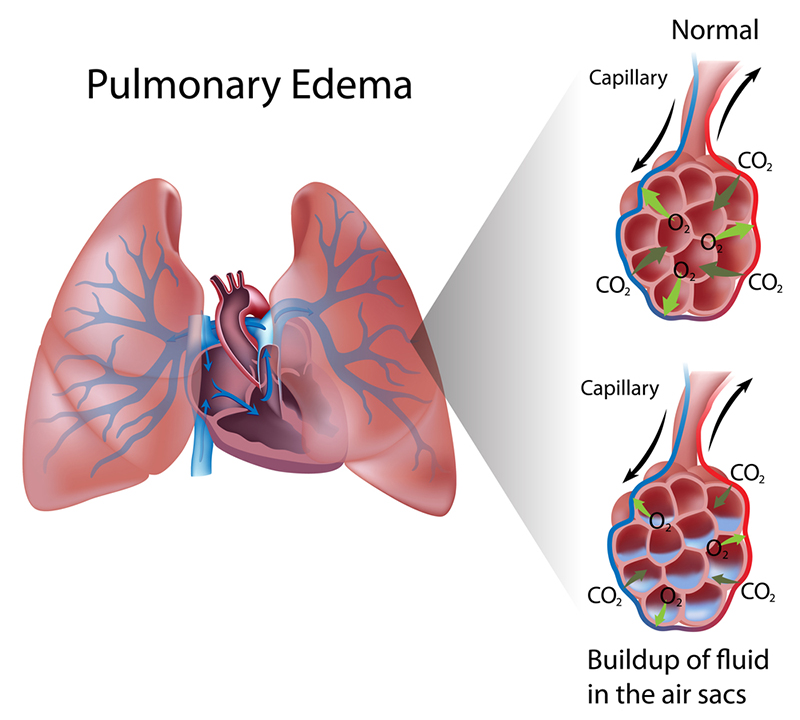Volume 31, Nº 2, March/April 2018
DOI: http://www.dx.doi.org/10.5935/2359-4802.20180013
ORIGINAL ARTICLE
Predictors of Coronary Artery Obstructive Disease in Acute Pulmonary Edema of Unclear Origin
Maria das Neves Dantas da Silveira Barros
Vander Weyden Batista de Sousa
Isabelle Adjanine Borges de Lima
Cecília Raquel Bezerra Marinho Nóbrega
Isabelle Conceição Albuquerque Machado Moreira
Suzana Marine Martins Dourado
Bruna Maria Simões Andrade
Virgínia da Silva Batista
Maria Cleide Freire Clementino da Silva
Luís Cláudio Correia

Abstract
Background: Cardiogenic Acute Pulmonary Edema (APE) is considered one of the main medical emergencies, and it is the extreme manifestation of acute heart failure. The main etiology of heart failure is ischemic heart disease. To date, the definition of ischemic etiology in acute pulmonary edema was based on criteria such as: clinical history of ischemic heart disease, noninvasive examinations and, in other patients, coronary angiography. Classified as such, ischemic heart disease has been shown to be its main etiology. The high prevalence between these two diseases was evaluated, but not by the exclusive angiographic criterion, the gold standard of this pathology and the reason of this study.
Objective: To evaluate the predictors of obstructive coronary artery disease in patients with acute pulmonary edema of unclear origin.
Method: Patients admitted to a cardiovascular disease referral emergency unit were recruited to undergo coronary angiography if the acute pulmonary edema etiology was not adequately elucidated. Obstructive coronary disease was considered if at least one epicardial vessel had 70% of occlusion.
Results: Obstructive coronary disease was classified by coronary angiography in 149 consecutively evaluated patients, and coronary artery obstruction was the outcome variable of the predictor model. Among the variables related to coronary disease, the predictor variables were the history of coronary artery disease (p < 0.001) and myocardium segmental deficit at the echocardiogram (p < 0.02).
Conclusion: The antecedent of coronary disease and the myocardium segmental deficit at the echocardiogram were able to discriminate patients with acute pulmonary edema associated with obstructive coronary disease. Troponin values classified by two cardiologists as secondary to an acute non-ST-segment elevation myocardial infarction, and chest pain preceding the clinical picture were not able to discriminate patients with or without coronary obstruction and thus, the diagnosis of obstructive coronary disease should not be pursued based on the troponin value and/or chest pain preceding the clinical picture. (Int J Cardiovasc Sci. 2018;31(2)133-142)
Keywords: Heart Failure; Pulmonary Edema; Coronary Artery Disease; Risk Factors; Myocardial Ischemia.











